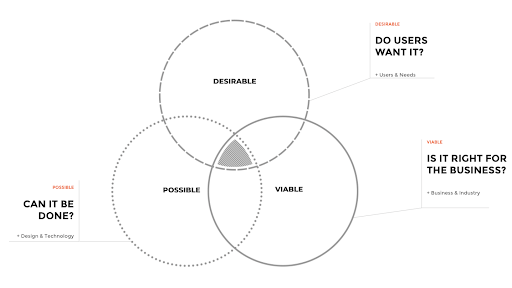As the digital economy rapidly evolves, navigating it can feel intimidating. Platform selection certainly falls into that category. Arguably, platform selection is one of the most important steps in a business’s digital journey, as the impacts of those decisions will affect an organization for years. Whether it’s ecommerce, digital experience, marketing automation, asset management, or PIM, platform selection can apply to different technology needs depending on your business’s goals.
WHAT IS A PLATFORM SELECTION PROJECT?
A platform selection project is when a trusted and unbiased partner evaluates multiple competing technologies to identify what solution will work best for a business’s needs. Through investigating, assessing, and evaluating, we work to find the platform that is the right fit for your specific business in terms of functionality, cost, and compatibility with an organization’s existing tech stack. We understand that there is no “one size fits all” when it comes to technology needs and business goals.

We know how important platform selection is. That’s why we balance what’s possible, desirable, and viable to deliver experiences that engage customers and create enduring outcomes. It’s critical that you find the right technology to meet your needs to ensure that you are not over or under-purchasing. What’s the point in purchasing a technology where you only use two of the platform’s hundreds of features or find you need functionality that the platform doesn’t natively support? This is where a rigorous platform selection process comes into play. Our broad partner network allows us to evaluate multiple platforms in an unbiased manner.
WHAT DOES THE PROCESS LOOK LIKE
An example platform selection timeline may look something like this:

PHASE ONE:

Phase One begins by immersing ourselves in the client’s business through in-person collaborative workshops to gather, categorize, and prioritize requirements to formulate the Request For Proposal (RFP), which will eventually be delivered to software vendors. Once requests for information are put in place and key business and technical requirements are identified, the next step would be to start identifying which software vendors make the most sense based on budget, resources, and total cost of ownership. Once the Rough Order of Magnitude (ROM) estimation is complete, a professional, ready-to-deliver RFP document will be created, allowing the client to distribute and gain responses from software vendors that align directly with business needs.
PHASE TWO:

Phase 2 is when scoring models are created to help down-select from the vendor RFP responses. This will then involve participating in vendor presentations to gain a better understanding of how each of the three final platforms works and differs from one another. Once an ROI and cost-benefit analysis is developed, the ROM will get refined to a detailed project overview and estimate. The final step of this phase is an executive presentation of our recommendation containing relevant business cases, ROI, and a cost-benefit analysis. The executive presentation will include the final selection of the platform, and why it was chosen as the best fit for your organization.
If you are working with a partner such as Wunderman Thompson Commerce & Technology, we would provide our perspective based on experience. And working with a team that has completed well over 300 enterprise technology implementations allows our clients to have realistic expectations set that will, in turn, facilitate a successful implementation.
HOW DOES A PLATFORM SELECTION PROJECT BENEFIT AN ORGANIZATION?
For anyone faced with the task of choosing an incumbent technology, a platform selection project can help an organization make informed investment decisions. This is also a good option for more established businesses that are finding that their current tech stack is not exactly meeting their needs. A project like this can help identify pain points with existing technology and identify new opportunities for your business that you may not have been able to determine on your own. It can also help validate a technology decision your business has already made. Most importantly, it helps your business’s future growth by determining that what you’re investing in will still serve your business needs for years to come.
FINAL THOUGHTS
Platform selection is no simple task but it can greatly benefit your organization and assist in building a clear vision of the future. If you’re thinking about a platform selection project, get in touch and let’s discuss how we can help you reach your business goals.





